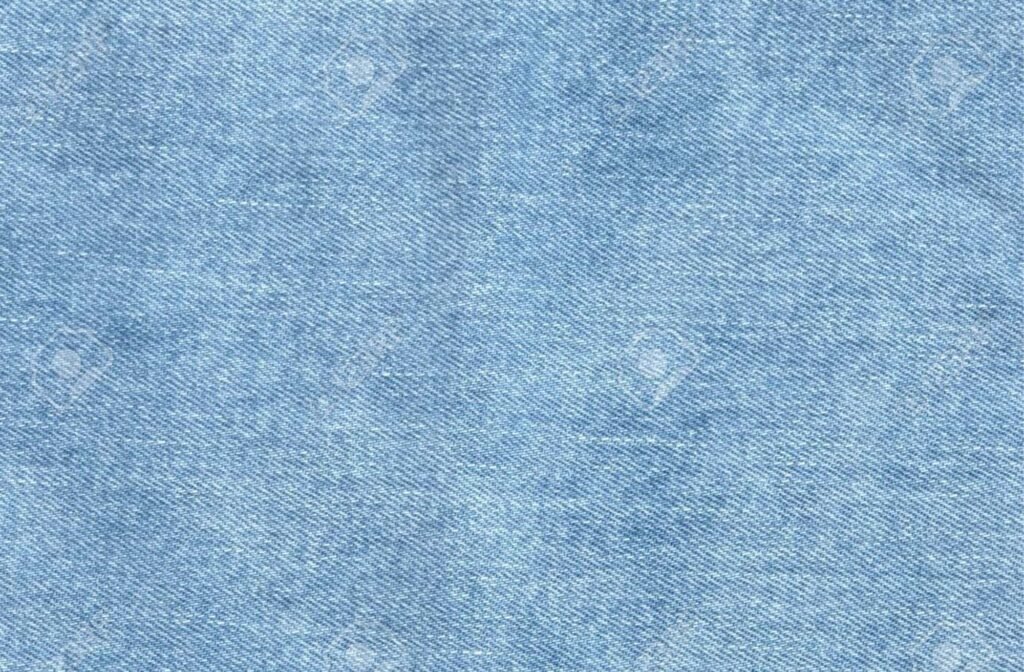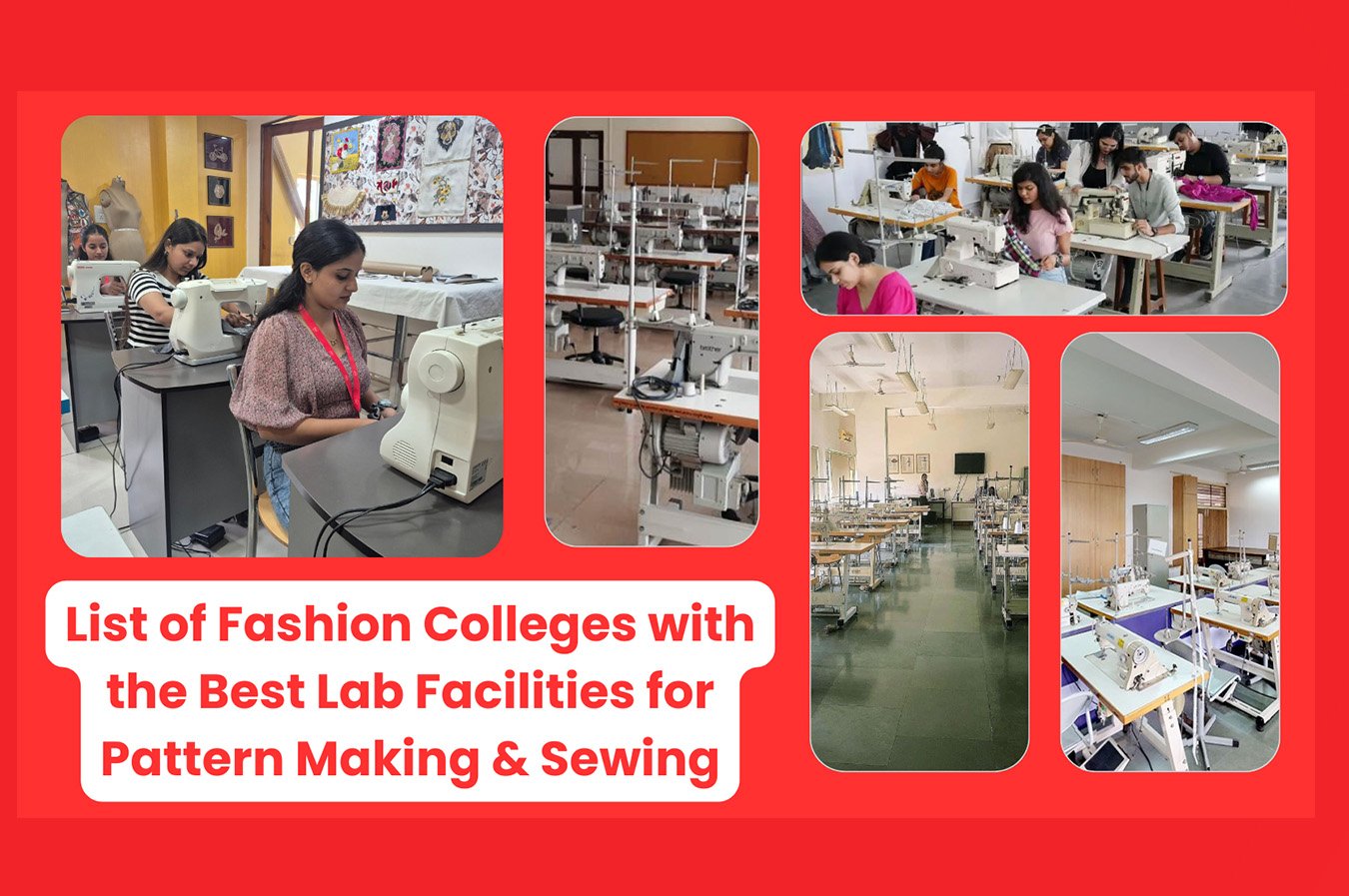As a fashion designer, understanding the properties and applications of various fabrics is crucial for creating functional and stylish garments. Here are 10 essential fabric types every designer should know:
Cotton:

Properties: Breathable, natural, soft, absorbent, versatile, easy to care for.
Applications: Shirts, T-shirts, dresses, pants, jeans, undergarments, home ware.
Cotton is a natural fiber derived from the cotton plant. It’s a popular choice for clothing due to its breath ability, softness, and ease of care. Cotton can be woven into various weights, making it suitable for a wide range of garments, from lightweight summer dresses to sturdy jeans.
Linen:

Properties: Strong, durable, breathable, cool, absorbent, wrinkles easily.
Applications: Shirts, dresses, pants, suits, jackets, tablecloths, napkins.
Linen is a natural fiber made from the flax plant. It’s known for its strength, durability, and coolness, making it a perfect choice for summer clothing. Linen wrinkles easily, but this is often considered part of its natural charm.
Wool:

Properties: Warm, insulating, wrinkle-resistant, flame-resistant, absorbent, elastic.
Applications: Sweaters, coats, suits, dresses, scarves, hats.
Wool is a natural fiber derived from the fleece of sheep, goats, or other animals. It’s known for its warmth, insulation, and wrinkle resistance. Wool can be itchy for some people, but there are softer wool varieties available.
Silk:

Properties: Luxurious, soft, strong, drapes well, lustrous, poor insulation.
Applications: Dresses, blouses, lingerie, scarves, ties, nightwear.
Silk is a natural fiber produced by silkworms. It’s known for its luxurious feel, soft drape, and lustrous sheen. Silk is a delicate fabric and requires special care.
Polyester:

Properties: Strong, durable, wrinkle-resistant, easy to care for, dries quickly, versatile.
Applications: Shirts, dresses, pants, sportswear, active wear, home ware.
Polyester is a synthetic fiber made from petroleum. It’s a popular choice for clothing due to its durability, wrinkle resistance, and ease of care. Polyester can be breathable or non-breathable, depending on the weave.
Nylon:

Properties: Strong, durable, elastic, wrinkle-resistant, dries quickly, water-resistant.
Applications: Sportswear, active wear, swimwear, hosiery, lingerie, backpacks.
Nylon is a synthetic fiber known for its strength, elasticity, and water resistance. It’s a popular choice for sportswear and active wear due to its ability to wick away moisture and dry quickly.
Denim:

Properties: Strong, durable, comfortable, casual, versatile.
Applications: Jeans, jackets, skirts, shirts, dresses.
Denim is a twill woven fabric typically made from cotton. It’s known for its strength, durability, and casual style. Denim can be dyed in various colors and treated for different finishes.
Leather:

Properties: Strong, durable, water-resistant, warm, luxurious, requires special care.
Applications: Jackets, coats, pants, skirts, dresses, bags, shoes.
Leather is a natural material made from animal hides. It’s known for its strength, durability, and luxurious feel. Leather requires special care to maintain its appearance.
Faux Leather:

Properties: Affordable, durable, water-resistant, easy to care for, comes in various colors and textures.
Applications: Jackets, coats, pants, skirts, dresses, bags, shoes.
Faux leather is a synthetic material that resembles leather. It’s a more affordable option than leather and is easier to care for. Faux leather can be made from various materials, including polyurethane and polyester.
Fleece:

Properties: Soft, warm, comfortable, breathable, easy to care for.
Applications: Sweatshirts, sweatpants, hoodies, hats, blankets.
Fleece is a synthetic fabric with a soft, napped surface. It’s known for its warmth, comfort, and ease of care. Fleece is a popular choice for casual wear and lounge wear.
Understanding these essential fabrics will give you a strong foundation for creating stylish and functional garments. As you gain experience, you can explore a wider variety of fabrics and experiment with different. If you want to become a fashion designer then enroll with IIFD Best Fashion Design College in Kolkata



